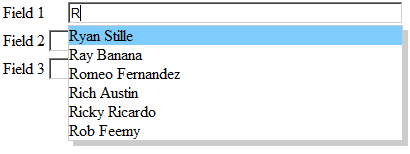We’ve been having some issues with people committing to the subversion server without entering a comment. Its easy to to require a comment using a “pre-commit” hook, which is a script that runs before someone’s changes are committed to the repository. A sample commit hook is supplied with subversion that you can enable to require comments. The problem is it doesn’t report back any error message (users will just get a generic “commit failed” in their svn client), and there is no provision for making sure the comment is a minimum length.
I tried to modify the example script, but I’m pretty bad with shell scripting. I looked for a perl one, which I knew I could easily modify, but couldn’t find any. So I whipped this one up:
Continue reading ‘Require subversion comments – a perl pre-commit hook’ »


